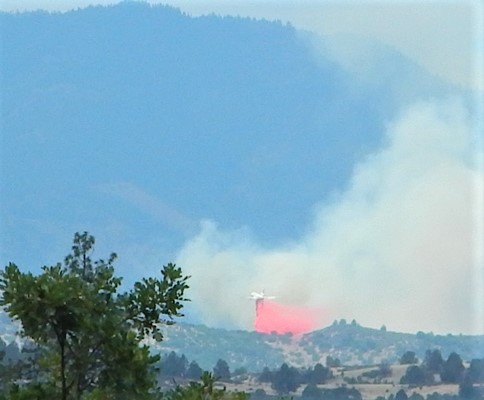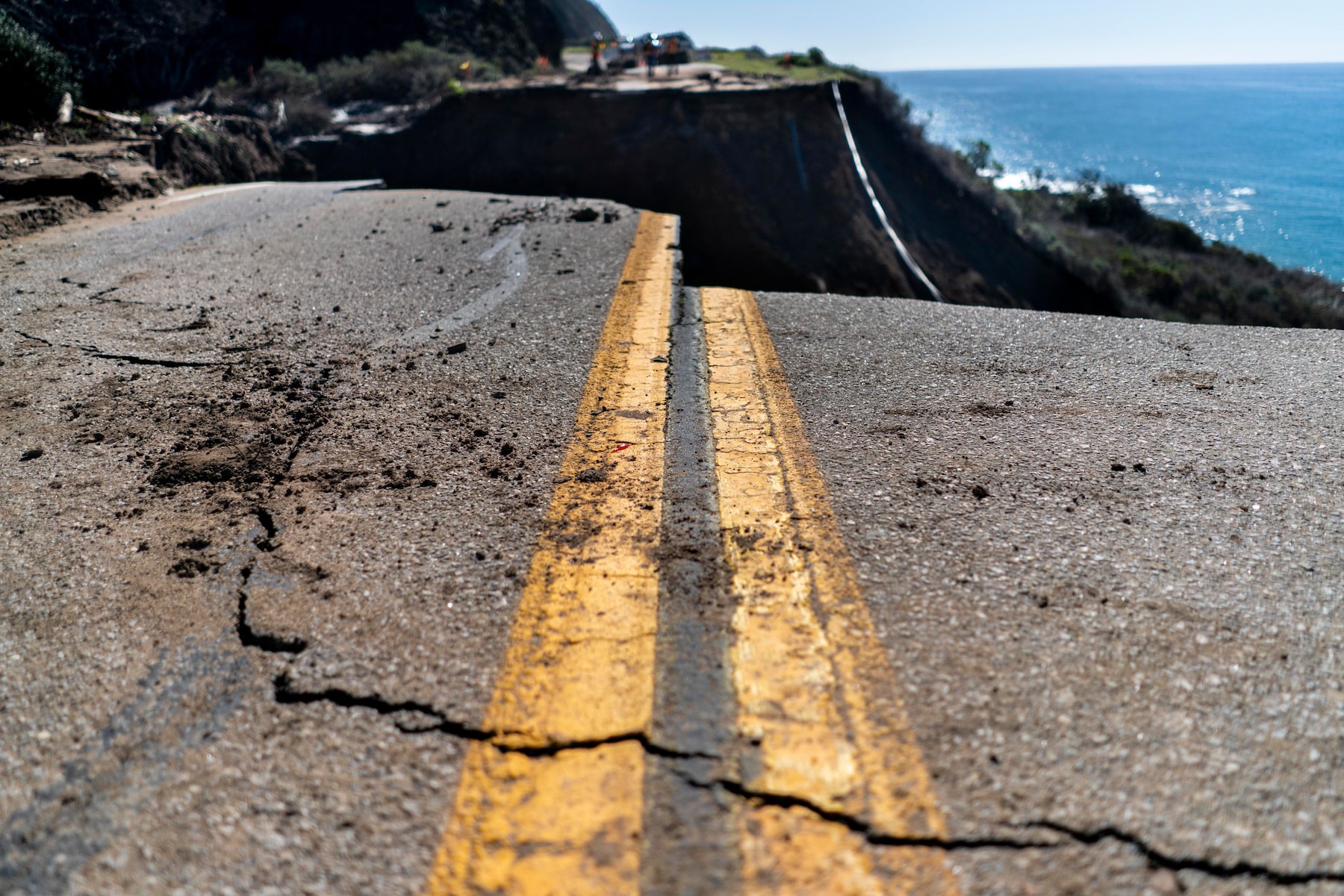Wildfires and Wildfire Prevention: What's Working, What's Not?

Are controlled burns environmental ‘silver bullets’ or environmental disasters?
NOTE: this article is being published with permission of the author. It was written by William E. Simpson II – full credits / reference below.
Wildfires and Wildfire Prevention: What’s Working, What’s Not?

Fire retardant chemicals are known carcinogens and pollutants
Wildfires are already incinerating southwestern states. And here in the Pacific Northwest, wildfire season is just a matter of weeks away.
We must come to understand what isn’t working, and what cost-effective tools are not currently being used, only because, they are literally free to the public (more on this below).
As bad as wildfires are, adding insult to injury are the so-called ‘controlled’ or ‘prescribed burns’.
Time and time again, we see this recurring issue; so-called ‘controlled burns’ that become catastrophic wildfires!
So-called ‘controlled’ or ‘prescribed burns’, which are funded with taxpayer dollars that get out of control, lead to massive added costs for suppression and accompanied by costly devastation:
1) Loss of life
2) Loss of homes
3) Loss of forests
4) Loss of wildlife
5) Damage to diminishing watersheds
6) Adverse impacts to salmon & trout fisheries via post-wildfire erosion that covers fish-eggs in the spawning gravels of our mountain streams and rivers.
The loss of native species plants and grasses via prescribed burns or wildfire leads to erosion-prone soils that in many cases are also ‘hydrophobic‘ for a year or more, and no longer allow water to percolate into the water table (ground water), and instead, precipitation runs-off and causes damaging erosion, some of which also takes-out roads and bridges, costing taxpayers even more money!

HWY 1, post-wildfire erosion damage
• Hydrophobic soils repel water, reducing the amount of water infiltrating the soil.
• Decreased soil infiltration results in increased overland and stream flow.
• Erosion increases with greater amounts of runoff and fertile topsoil can be lost.
• Increased runoff carries large amounts of sediments that can clog stream channels and lower water quality.
• Depending on the intensity of the fire, hydrophobic layers can persist for years, especially if they are thick.
Here is yet another of many sad stories of taxpayer-funded prescribed burns becoming expensive disasters:
NEWS: Questions raised after controlled burn near Las Vegas, N.M., goes out of control
www.santafenewmexican.com/news/…5.html
The article also addresses the cost-ineffective and damaging wildfire fuels management model of ‘prescribed burning’: A family of wild horses symbiotically grazed-in and maintains a wildfire break that protects an ancient forest and the wildlife therein.
A family of wild horses symbiotically grazed-in and maintains a wildfire break that protects an ancient forest and the wildlife therein.
Can Wild Horses Be a Solution Instead of a Problem?
pcrecordtimes.com/article/can-wild-horses-be-a-solution-instead-of-a-problem
NEWS WATCH 12 reporter Brett Taylor covers an important cost-effective wildfire tool.
This is a NO RISK tool for reducing wildfire fuels, and even works throughout the summer!
We can do better, but, in order to do so, we have to start making better decisions based upon science and not monetary or political motivations or obsolete dogma.
As the empirical evidence proves, fighting fire with fire is a losing proposition, monetarily and ecologically.
About:
William E. Simpson II is the Founder-CEO of WILD HORSE FIRE BRIGADE Org. William is an ethologist that lives among and studies free-roaming native species American wild horses. William is the award-winning producer of the micro-documentary film ‘Wild Horses‘. He is the author of a new Study about the behavioral ecology of wild horses, two published books and more than 150 published articles on subjects related to wild horses, wildlife, wildfire, and public land (forest) management. He has appeared on NBC NEWS, ABC NEWS, theDoveTV and has been a guest on numerous talk radio shows including the Lars Larson Show, the Bill Meyer Show, and on NPR Jefferson Public Radio. Capt. William E. Simpson II – USMM Ret.Ethologist – Author – ConservationistWild Horse RanchP.O. Bx. 202 – Yreka, CA 96097Creator: Wild Horse Fire Brigade (www.wildhorsefirebrigade.org/)
Capt. William E. Simpson II – USMM Ret.Ethologist – Author – ConservationistWild Horse RanchP.O. Bx. 202 – Yreka, CA 96097Creator: Wild Horse Fire Brigade (www.wildhorsefirebrigade.org/)
Author @ HorseTalk
Member: IMDbMuck Rack: muckrack.com/william-e-simpson-iiWilliam E. Simpson II is an ethologist living among and studying free-roaming native species American wild horses. William is the award-winning producer of the micro-documentary film ‘Wild Horses‘. He is the author of a new Study about the behavioral ecology of wild horses, two published books and more than 150 published articles on subjects related to wild horses, wildlife, wildfire, and public land (forest) management. He has appeared on NBC NEWS, ABC NEWS, theDoveTV and has been a guest on numerous talk radio shows including the Lars Larson Show, the Bill Meyer Show, and on NPR Jefferson Public Radio.
